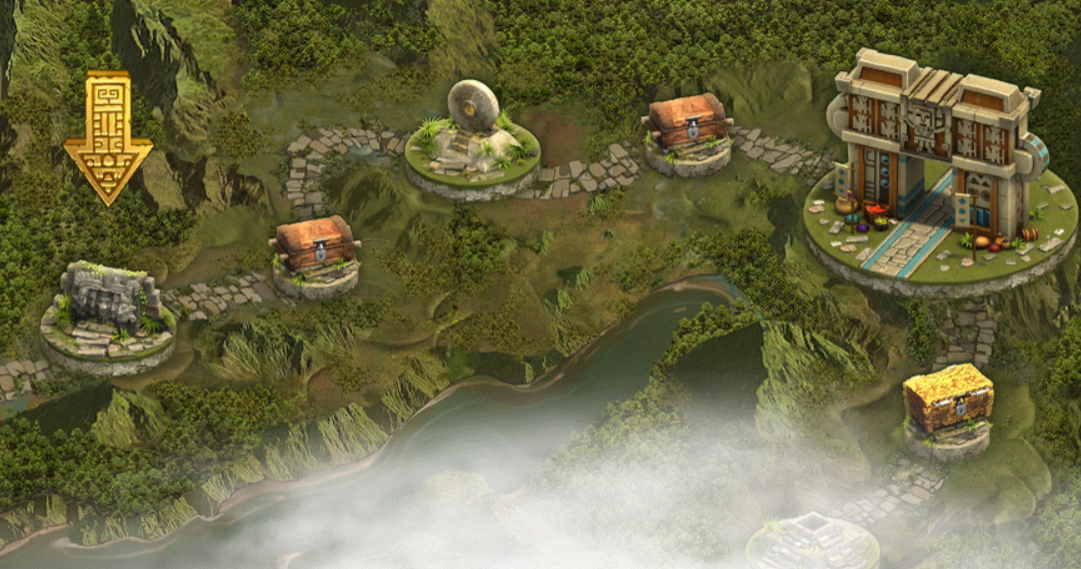

In many cases these attempts to conjure up the spirit of the town are little more than empty pieties. When a suburban developer needs to create a focal point for some generic subdivision, he may instruct his planning team to set aside space for a “town common,” and complete the effect with a faux bell tower. When a politician needs to demonstrate sensitivity to the demands of her constituents, she may hold a “town hall” meeting. This supposed equivalence between the geography of the town and the political culture of American democracy remains powerful today. The supposed equivalence between the geography of the town and the culture of American democracy remains powerful today. The City, part 1, directed by Ralph Steiner and Willard Van Dyke for the Regional Planning Association of America, 1939. These opening scenes express a familiar argument about ideology and place in America: the contention that the town, and particularly the New England town, represents the geographic form most suitable for practicing democracy. The film lavishes praise on the modernist greenbelt developments of the Resettlement Administration, and it was screened in the enthusiastically futuristic City of Tomorrow exhibit at the New York World’s Fair.Īnd yet the first third of The City is devoted to reminiscing about the New England town, portrayed as an iconic landscape of community and democracy, located chronologically prior to the industrial city’s nightmarish descent into capitalist chaos, and geographically outside its cancerous metropolitan sprawl. The American Institute of Planners sponsored the production, and it was shot by the avant-garde filmmakers Ralph Steiner and Willard Van Dyke with a hand from Pare Lorentz, all of whom had ties to the New Deal. The concept was originally proposed by the housing reformer Catherine Bauer Lewis Mumford edited the script. The makers of The City were hardly backwards-looking sentimentalists. The town was us, and we were part of it.” In all that matters, we neighbors hold together.” Cutting between scenes of local political debates, artisans weaving baskets, and farmers in the fields, the film lays out a vision of communal democracy. We raised the town hall next, so we could have our say.” Aaron Copland’s score strikes a bright note as the camera pans over the houses and farms of Shirley Center, Massachusetts, and the narrator continues: “When town meeting comes around, we know our rights and duties, and no harm if we disagree. “A century or two ago,” begins the voiceover in the 1939 documentary film The City, “we built our church and marked the common out. President Barack Obama holds a town hall meeting in Atkinson, Illinois, 2011.


 0 kommentar(er)
0 kommentar(er)
